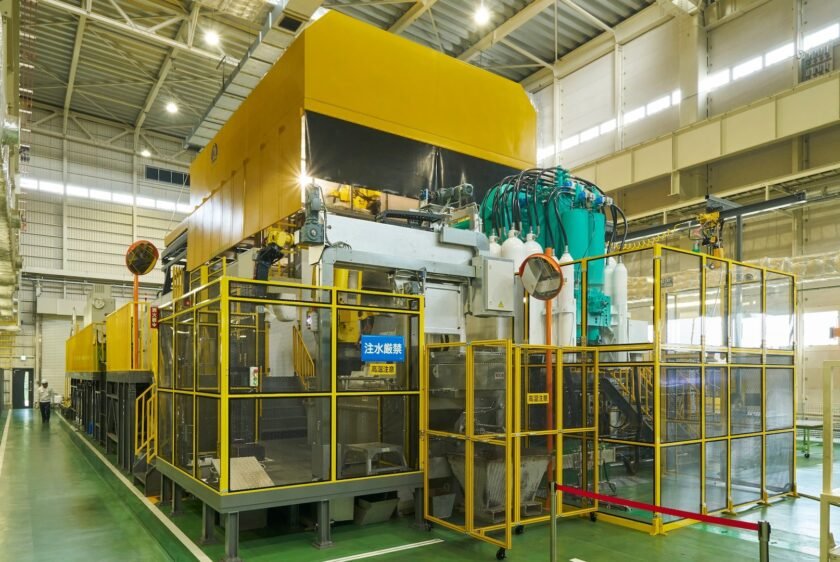Gigapresses are all the rage for automakers looking to reduce cost and complexity by replacing hundreds of parts with a single massive piece. Tesla made headlines as CEO Elon Musk sang its competitive virtues. Others, including Volvo, Toyota, Hyundai, Ford, and Nissan are using or exploring the use of the massive high-pressure casting machines that use as much as 10,000 tons of pressure to form large parts.
Honda is carving its own path by foregoing the idea of a gigapress, opting instead for a slightly smaller option: the megapress, which uses 6,000 tons of pressure to form parts. It is the biggest machine Honda has ever used. Honda has been testing one in Tochigi, Japan, making battery covers for its upcoming 0 Series family of electric vehicles that will launch starting in 2026.
Plans are to install six megapresses at the Honda manufacturing complex in Marysville, Ohio, that is being transformed into an EV Hub that will make EVs and the batteries that power them. First off the line will be a low-volume, low-slung sedan based on the Saloon concept that was shown in January at CES. While gigacasting can replace hundreds of parts with a subassembly, megacasting will make the same section with two parts. Factoring in the cost of the relative machines, tooling, and the cycle time, Honda decided the megapress is the right solution cost-wise, by about 40 percent.
Virtues of Megacasting
The six megapresses being installed at the Anna Engine Plant in Ohio allow Honda to create a simpler structure for the aluminum diecast battery cover, going from more than 60 parts to five. 3D friction stir welding, which can weld different materials of different thickness, is used for high quality joints which improves production efficiency. There is less heat and deformation than arc welding. The combination of megacasting and stir welding results in a case that is lighter and 6 percent thinner. It can have a thinner protective case because the body structure of the vehicle was designed to disperse the impact of a collision, rerouting the force around the vehicle.
A thinner case makes more room for the battery itself in a vehicle with a low floor, ample cabin space, a range of about 300 miles. Honda has also developed a thermal management system to use less energy to keep the cabin warm in cold weather. Honda also wants to limit the degradation of the range to less than 10 percent after 10 years of use.
The batteries, which are lithium-ion pouches as opposed to prismatic cells, will be produced in a new joint venture plant with LG Energy Solution in Marysville that should be completed by the end of the year. It adopts a flex-cell layout and highly automated process to adjust volume to demand for medium or large battery cases.
Retooling for the Future
Honda is updating the vehicle assembly plant in Marysville, making it flexible enough to make vehicles with internal combustion engines, hybrids, and battery electric vehicles all on the same line. It will start making an Acura EV in late 2025 based on the Acura Performance EV concept, and riding on a new architecture. The new flexible line will run alongside the current one that builds the Acura Integra and TLX and the Honda Accord and Accord Hybrid.
Honda will use a new CDC (Constant Direct Current Chopping) joining technology for spot welding of the body frame. Honda says it is first to do so, and the use of CDC gives the frame greater rigidity with higher tensile but lighter materials. Difficult materials can be welded together, resulting in a thicker weld with less splatter. And Honda can install the CDC welding gun onto existing robots. Honda will start using it on 0 Series vehicles and expand the technique to all future vehicles, regardless of powertrain.
The Ohio plant will make the 0 Series as well as the Sony Afeela. Honda’s first EVs, the 2024 Honda Prologue and Acura ZDX SUVs, stemmed from a partnership with GM. While designed by Honda, they use GM’s Ultium battery and EV platform and are made in a GM plant.
Next-Gen EVs in Canada
The future of Honda manufacturing is a manufacturing complex in Alliston, Ontario. The Canadian site will have a new electric vehicle assembly plant with the capacity to make 240,000 next-generation EVs a year starting in 2028.
Honda will also build a battery plant that will make lithium-ion batteries initially but can transition to solid-state batteries when that technology is ready. The megacast diecasting capabilities will expand beyond battery covers to aluminum body parts like rear modules for these future EVs.
Production costs will be reduced by 35 percent by building next-gen EVs on a dedicated platform, running down assembly lines designed for efficiency. The simplified body structure will be lighter, and the battery case will serve as part of the platform.




